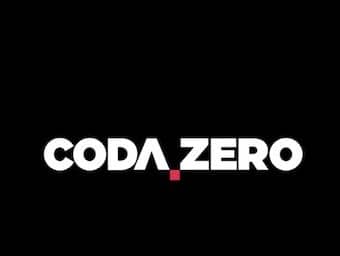
Antimicrobial Resistance in COVID-19
The Resistance - Antimicrobial Resistance through a Covid19 lens with Elizabeth Hermsen. Coda Cure: Conversation 2
The LITFL Critical Care Compendium is a comprehensive collection of pages concisely covering the core topics and controversies of critical care.

The Resistance - Antimicrobial Resistance through a Covid19 lens with Elizabeth Hermsen. Coda Cure: Conversation 2

The ECG is important in the assessment and management of poisoned patients for: screening; diagnosis; prognosis; and monitoring progression to guide management and disposition

Pandemic Sepsis Research through a Covid-19 lens - Are we failing? with Derek C. Angus. Coda Cure: Conversation 1

Why science by press release is bad, despite optimism about the findings of the Recovery trial and the role of dexamethasone in the management of COVID-19.

Disseminated viral infection causing fever, lymphadenopathy, and acute eruption of painful, monomorphic clustered vesicles

Introduction to a series of posts titled "COVID-19: Keeping the baby in the bath", focusing on the need to build on existing knowledge in critical care and the appropriate testing of new therapies and innovations.

Overcoming uncertainty in the Age of COVID-19. Part 7 of the "COVID-19: Keeping the baby in the bath" series.

Novel drug therapies and clinical research. Part 6 of the "COVID-19: Keeping the baby in the bath" series

Part 4 of "COVID-19: Keeping the baby in the bath" discussing the setting of positive end expiratory pressure (PEEP) in critically ill COVID-19 patients.

Part 3 of the "COVID-19: Keeping the baby in the bath" series discussing whether COVID-19 is part of acute respiratory distress syndrome (ARDS) and the importance of lung compliance.

Discussing "silent hypoxaemia" and timing of intubation. Part 2 of the COVID-19: keeping the baby in the bath" series

Positive End-Expiratory Pressure (PEEP) is the maintenance of positive pressure within the lungs at the end of expiration